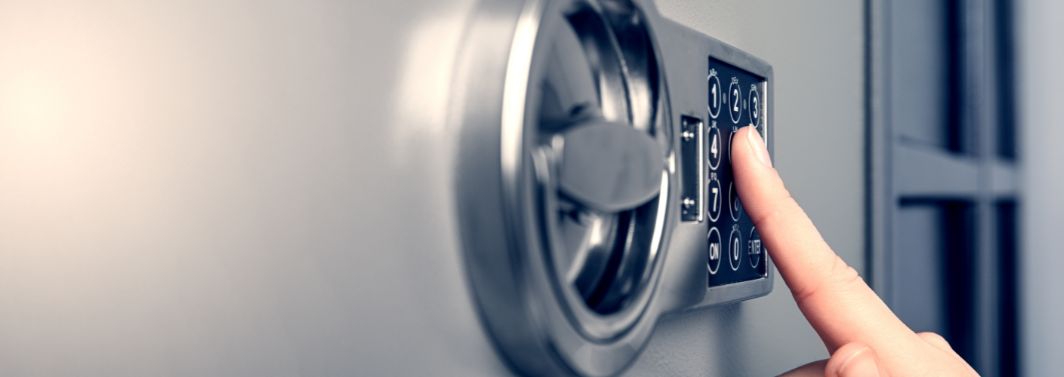In this article, we discuss how to choose a safe based on security regulations for banks and large companies: learn more.
How to choose a safe that aligns with security regulations for banks and large companies? In this brief article, we explore the criteria to consider before purchasing a safe for a banking institution or a large company.
How to Choose a Safe: Reference Regulations
Understanding how to choose a safe for banks or large companies correctly is not only a matter of security but also compliance with current regulations.
Current regulations set specific security standards to ensure the protection of money, assets, and data, as well as the safeguarding of corporate responsibility. These standards, in Europe, are outlined by the UNI EN 1143-1 standard, which classifies safes based on their resistance to break-in attempts.
The standard for safe selection refers to fourteen different security levels, from Zero to XIII, determined through rigorous tests simulating various burglary attempts. It also mandates that safes weighing less than one tonne be anchored to the floor or wall.
Which Safe to Choose for a Bank
In addition to the aforementioned UNI EN 1143-1 standard, banks in our country must also adhere to guidelines set by the Bank of Italy and the Ministry of the Interior. Article 1839 of the Civil Code stipulates that banks are responsible for their safety deposit boxes and must therefore demonstrate that they have taken all necessary measures to prevent break-ins.
According to the UNI EN 1143-1 standard, the guidelines for safe selection for banks recommend models corresponding to a security grade of V or higher.
Which Safe to Choose for a Large Company
If deciding which safe to choose for a large company or a business storing sensitive data, confidential documents, or high-value assets, the answer once again lies in the UNI EN 1143-1 standard.
In this scenario, companies should opt for safes of grade III or higher, while also ensuring compliance with the EN 1047-1 standard concerning protection against accidental events, specifically testing fire resistance.
Furthermore, to ensure the highest level of security, beyond the choice of safe, it is crucial to achieve optimal integration with systems such as CCTV, alarms, and access control.
Want to be sure you know how to choose a wall safe or floor safe that genuinely complies with industry regulations? Rely on the experts at Bordogna: you can contact them anytime by clicking here.

